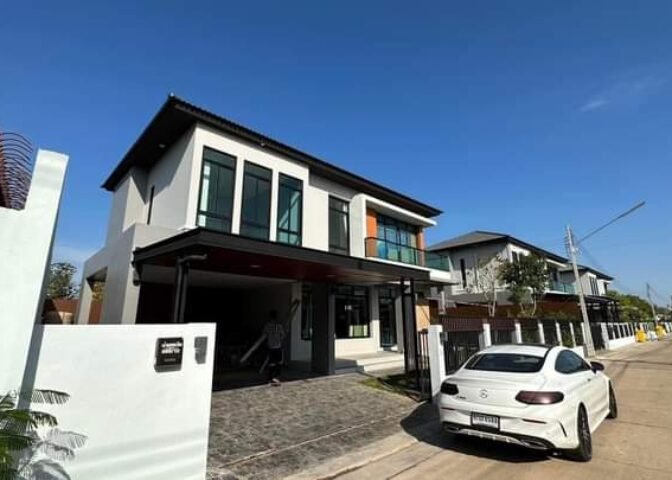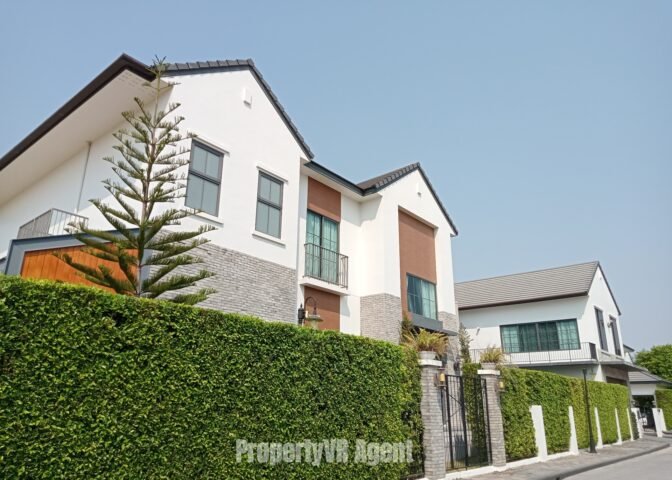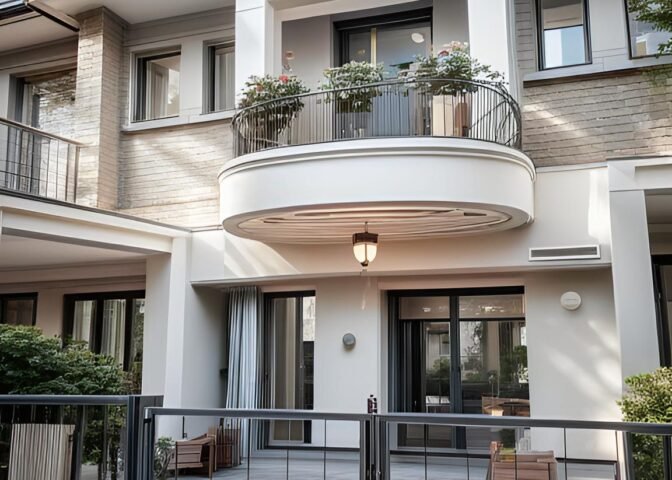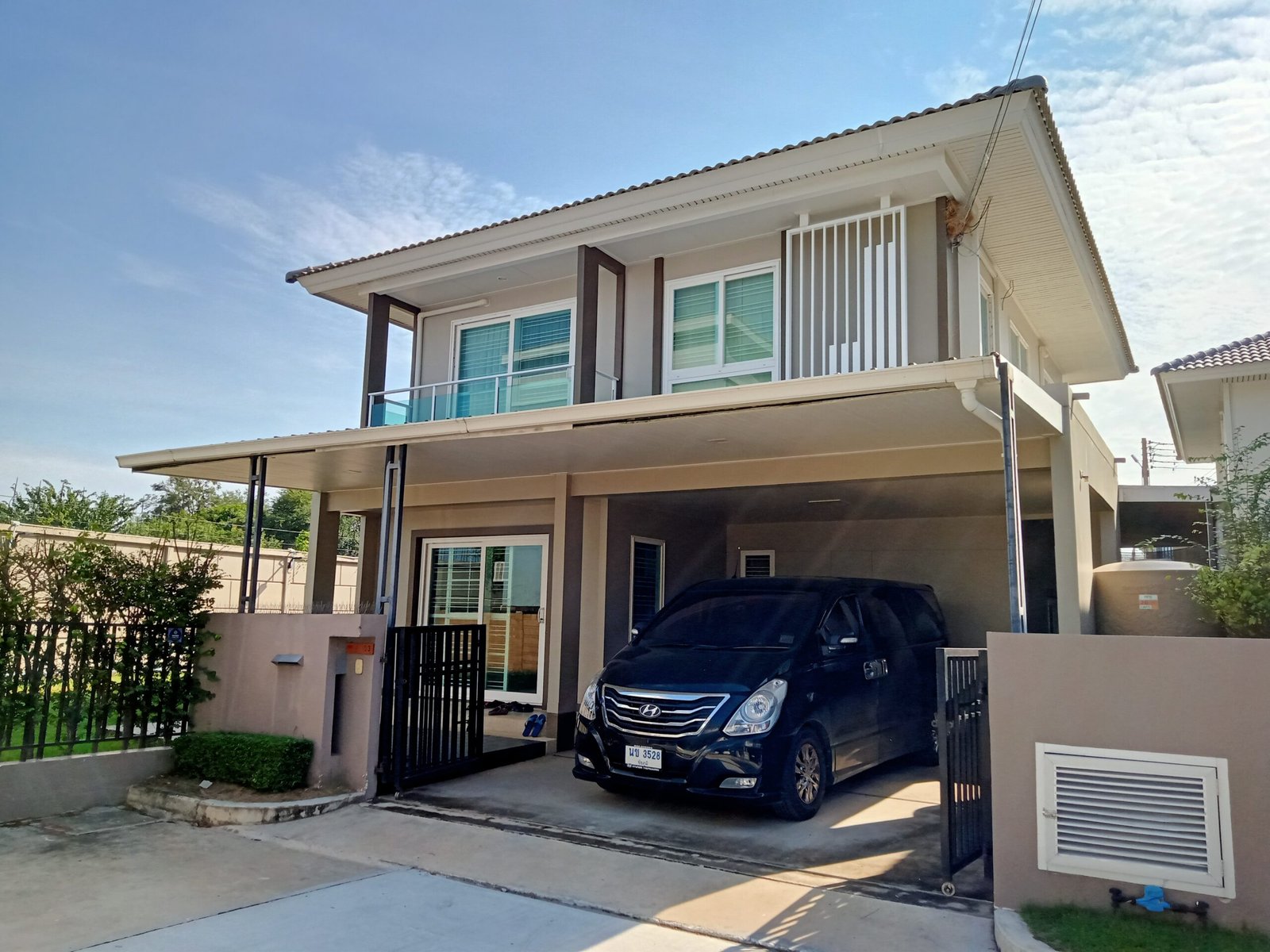Introduction to Infrastructure Development in Thailand
Thailand has embarked on an ambitious journey to modernize and expand its infrastructure, recognizing its pivotal role in driving economic growth and enhancing regional connectivity. Recent years have witnessed substantial investments in various infrastructure projects encompassing transportation, utilities, and communication networks. These initiatives are part of the government’s broader strategy to position Thailand as a regional hub, bolstering its competitive edge in the ASEAN economic community.
Transportation infrastructure has been a focal point, with significant projects such as the Eastern Economic Corridor (EEC) development, the expansion of Suvarnabhumi Airport, and the construction of high-speed rail linking major cities. These projects aim to improve logistical efficiency, reduce travel time, and connect key economic zones, thereby fostering urban development and boosting real estate demand in these areas.
In the realm of utilities, Thailand has made strides in upgrading its energy infrastructure, with investments in renewable energy sources and smart grid technology. The government’s commitment to sustainable energy solutions not only addresses environmental concerns but also ensures a stable and reliable power supply, which is crucial for both residential and commercial real estate sectors.
Communication networks have also seen substantial improvements, with the rollout of 5G technology and the enhancement of broadband infrastructure. These advancements are crucial in supporting the digital economy and attracting technology-driven businesses, further stimulating real estate development in areas with robust connectivity.
Government initiatives such as the Thailand 4.0 policy and substantial public-private partnerships underline the strategic importance of these developments. The focus on infrastructure is not merely about physical upgrades but also about creating an ecosystem that supports innovation, economic diversification, and sustainable growth. As Thailand continues to implement these significant projects, the ripple effects on real estate prices and overall economic prosperity are expected to be profound.
Correlation Between Infrastructure and Real Estate Prices
Infrastructure development plays a pivotal role in shaping real estate prices. In Thailand, the expansion of transportation networks, utilities, and public amenities has a profound impact on the property market. Improved accessibility, for instance, directly influences real estate values by making locations more attractive for both residential and commercial purposes.
One of the most significant effects of infrastructure development is the increase in demand for properties. When new highways, metro lines, or airports are constructed, areas that were previously less accessible become more desirable. This surge in demand often leads to higher property values. For example, the extension of the BTS Skytrain in Bangkok has led to substantial price increases in adjacent neighborhoods. Properties near new stations have seen an appreciation in value due to the convenience and improved connectivity offered by the metro system.
Indirect effects of infrastructure development on real estate prices are also noteworthy. Enhanced infrastructure typically results in better public services, such as improved water supply, electricity, and waste management systems. These improvements make areas more livable and can attract businesses, further driving up property prices. A case in point is the development of the Eastern Economic Corridor (EEC), which has significantly boosted real estate values in the surrounding regions by attracting industries and enhancing local infrastructure.
Statistical data underscores the correlation between infrastructure development and real estate prices. A study by the Real Estate Information Center (REIC) revealed that property prices in areas within a 1-kilometer radius of new transportation projects increased by an average of 20% within two years of project completion. This trend is evident in various parts of Thailand, including regions affected by the construction of new highways and airports.
Specific examples further illustrate this correlation. The construction of Suvarnabhumi Airport led to a real estate boom in nearby areas such as Bang Na and Lat Krabang. Similarly, the development of the Bang Pa-in – Nakhon Ratchasima highway has spurred property price increases along its route, transforming previously rural areas into burgeoning real estate markets.
Regional Analysis: Key Areas Affected by Infrastructure Projects
The landscape of real estate in Thailand has been substantially influenced by various infrastructure projects, particularly in key regions such as Bangkok, Pattaya, and Chiang Mai. These cities have seen dynamic changes in property values, with infrastructure development acting as a catalyst for growth.
In Bangkok, the expansion of the mass transit system, including the BTS Skytrain and MRT lines, has significantly impacted real estate prices. Areas such as Thonglor, Ekkamai, and Phrom Phong have experienced surges in property values due to their proximity to new transit stations. According to real estate experts, the convenience of public transportation has made these locations highly desirable, leading to increased demand for both residential and commercial properties.
Pattaya has also witnessed notable changes, driven by enhancements in its transport and tourism infrastructure. The development of the U-Tapao International Airport and the impending high-speed rail link connecting Pattaya to Bangkok have bolstered the city’s appeal. Real estate stakeholders note that these projects have attracted a wave of investment, particularly in the condominium market, as buyers anticipate future price appreciations fueled by improved accessibility and tourism influx.
In Chiang Mai, infrastructure projects such as the expansion of the Chiang Mai International Airport and the upgrading of road networks have played a pivotal role in shaping the real estate market. The Northern city has seen a steady rise in property values, with areas close to these projects gaining significant traction. Local stakeholders highlight that these developments have not only enhanced connectivity but have also spurred economic activities, further elevating real estate prices.
Emerging areas beyond these major cities are also benefiting from infrastructure advancements. Provinces like Rayong and Chonburi are experiencing growth due to the Eastern Economic Corridor (EEC) initiative, which aims to develop transport, logistics, and industrial infrastructure. This initiative has led to a surge in real estate investments, with experts predicting sustained growth as the EEC continues to attract businesses and workforce to the region.
Overall, infrastructure projects have a profound impact on real estate markets across Thailand, driving up property values and transforming local economies. Insights from real estate experts and local stakeholders underline the importance of strategic infrastructure development in shaping the future of Thailand’s real estate landscape.
Future Prospects and Investment Opportunities
Thailand’s real estate market is poised for significant growth, driven by ongoing and planned infrastructure developments. As the government continues to invest in transportation networks, including the expansion of Bangkok’s mass transit system, high-speed rail projects, and improvements to regional airports, the ripple effects on real estate prices are becoming increasingly evident. These projects not only enhance connectivity but also stimulate economic activity, making certain areas particularly attractive for investment.
One of the most promising areas for future growth is the Eastern Economic Corridor (EEC). This initiative aims to transform the eastern provinces into a hub for technological and industrial development. The enhancement of infrastructure in this region is expected to lead to substantial increases in real estate prices, providing lucrative opportunities for both local and foreign investors. Similarly, the expansion of the Bangkok mass transit system into suburban areas is likely to drive up property values in those regions, as improved accessibility attracts more residents and businesses.
For investors looking to capitalize on these opportunities, due diligence is essential. Key indicators to watch include the progress of specific infrastructure projects, government announcements, and regional economic performance. Engaging with local real estate experts can provide valuable insights into emerging trends and help identify high-potential areas. Additionally, investors should consider the long-term sustainability of their investments, evaluating factors such as environmental impact, community development, and future urban planning initiatives.
In conclusion, Thailand’s ongoing infrastructure development presents a myriad of opportunities for real estate investors. By focusing on areas with substantial government investment and improved connectivity, investors can position themselves to benefit from the anticipated growth in property values. Strategic planning and informed decision-making will be crucial in navigating this dynamic market and maximizing returns.












